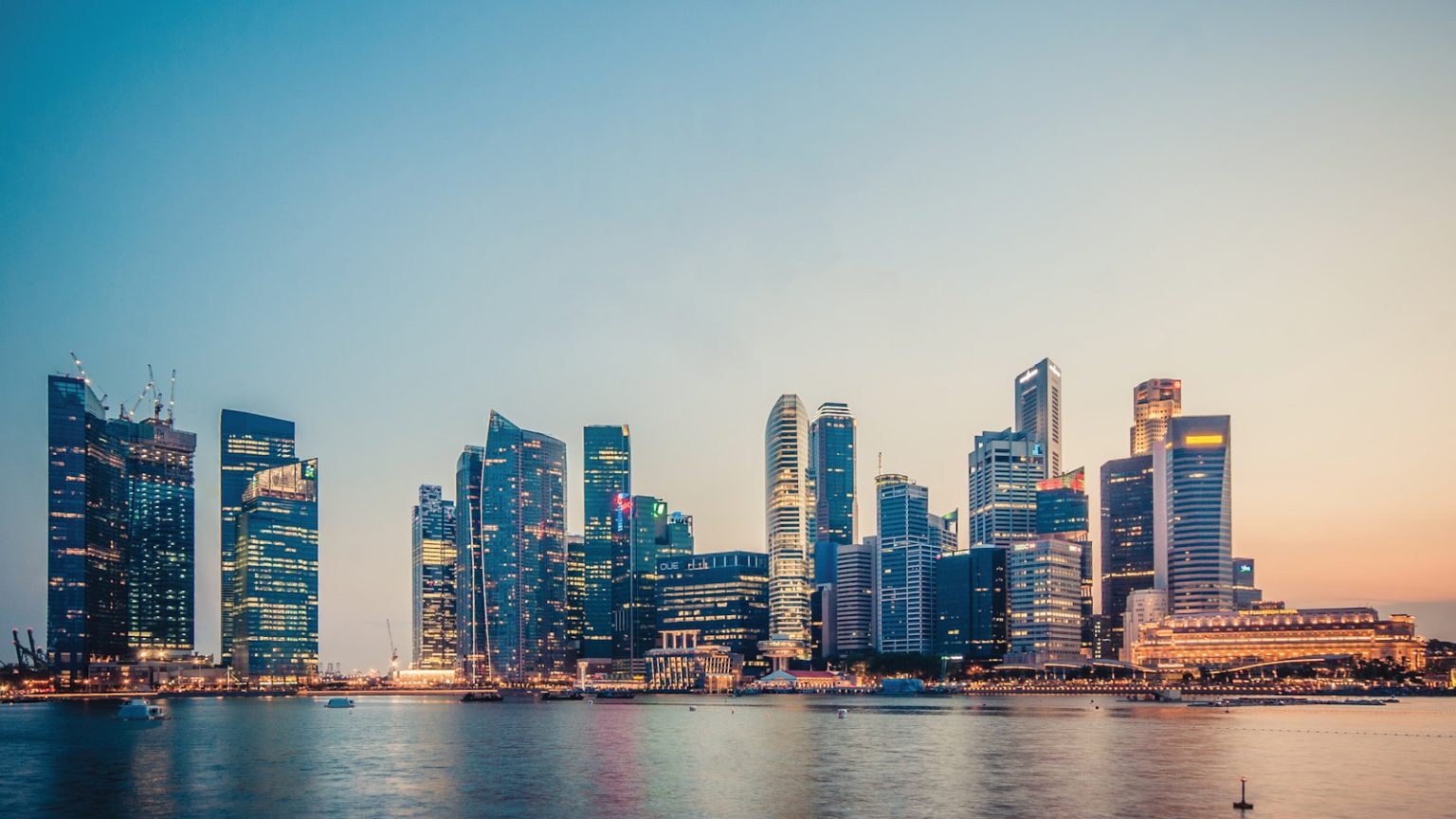Singapore stands as one of the world’s most successful multicultural societies, where Chinese, Malay, Indian, and Western influences have merged to create a unique cultural tapestry. This Southeast Asian city-state has transformed its diversity from a potential source of division into a competitive advantage, fostering an environment where different traditions, languages, and customs coexist harmoniously. The nation’s founding principle of racial and religious harmony has evolved beyond mere tolerance to become a celebration of difference, creating rich opportunities for cross-cultural understanding and collaboration.
In the corporate world, Singapore’s multicultural heritage has become an unexpected catalyst for innovative team building approaches. Forward-thinking organizations are moving beyond traditional trust exercises and outdoor challenges to embrace culturally immersive experiences that tap into the city’s diverse traditions.
These heritage-focused activities range from collaborative cooking sessions featuring dishes from different cultures to storytelling workshops that share ancient folklore, creating deeper connections among team members while honoring the cultural backgrounds that each person brings to the workplace.
The result is a new paradigm in team development where cultural exploration becomes the foundation for stronger professional relationships. Companies operating in Singapore are discovering that when teams engage with the city’s multicultural landscape together, they develop enhanced empathy, improved communication across cultural lines, and a deeper appreciation for diverse perspectives. This approach leverages Singapore’s unique position as a cultural crossroads, transforming the nation’s greatest social asset into a powerful tool for building cohesive, inclusive teams that reflect the multicultural reality of modern business.
Understanding Singapore’s Multicultural Landscape
Singapore’s multicultural identity was forged through centuries of migration and trade, creating a society where diversity became a cornerstone of national strength. The arrival of Chinese immigrants seeking economic opportunities, the indigenous Malay population with their rich maritime heritage, Indian communities bringing entrepreneurial spirit and cultural traditions, and later Western colonial influences established the four pillars of Singaporean society. This historical convergence was not without its challenges, but visionary leadership transformed potential cultural friction into a model of harmonious coexistence that has become Singapore’s defining characteristic.
Employees who have grown up navigating between different cultural contexts at home, in school, and in their neighborhoods bring sophisticated cross-cultural communication skills to their professional environments. This cultural fluency becomes particularly valuable when organizations seek to create inclusive team environments that harness the full potential of their diverse workforce.
The business case for culturally-aware team building has never been stronger, as organizations recognize that Singapore’s multicultural landscape offers a competitive advantage in an increasingly globalized
economy. Companies that embrace team building activities in Singapore, rooted in the nation’s cultural heritage, find that their employees develop stronger emotional intelligence, enhanced creativity through exposure to different ways of thinking, and improved ability to work across cultural boundaries. These skills translate directly into better customer relationships, more innovative solutions, and stronger performance in international markets where cultural sensitivity can make the difference between success and failure.
Cultural Immersion Through Food Experiences
Food serves as Singapore’s most accessible cultural bridge, offering teams immediate and visceral connections to different traditions and communities. Hawker center team challenges transform the simple act of sharing a meal into powerful bonding experiences, where colleagues navigate the bustling atmosphere of these cultural melting pots together, trying unfamiliar dishes and learning about their origins from vendors who often represent generations of culinary tradition. The informal setting breaks down hierarchical barriers while the shared experience of discovery creates lasting memories and conversation topics that extend far beyond the dining experience.
Cooking workshops elevate food-based team building by engaging participants in the creation process, teaching them the techniques, ingredients, and cultural significance behind dishes from Singapore’s diverse communities. Teams working together to prepare traditional Chinese dumplings, Malay rendang, Indian curry, or Western-influenced Peranakan cuisine develop appreciation not just for the final product but for the patience, skill, and cultural knowledge embedded in each recipe. These hands-on experiences create natural opportunities for storytelling, as team members share their own family food traditions and cultural memories, fostering deeper personal connections.
Food storytelling sessions complement the sensory experiences by exploring the deeper cultural narratives that give meaning to culinary traditions. When a colleague explains the significance of the reunion dinner during Chinese New Year, the communal importance of breaking fast together during Ramadan, or the celebratory role of sweets during Deepavali, food becomes a gateway to understanding values, family structures, and social customs that shape how people approach relationships and collaboration. A multinational corporation recently discovered this power when their “cultural potluck” sessions, initially planned as simple lunch gatherings, evolved into monthly storytelling events where employees shared not just dishes but the family histories and cultural significance behind them, ultimately breaking down silos between departments and creating a more cohesive organizational culture.
Heritage-Focused Workshop Activities
Language serves as both a barrier and a bridge in multicultural Singapore, making language exchange programs particularly powerful tools for team development. When colleagues teach each other basic phrases in Mandarin, Malay, Tamil, or other heritage languages, they engage in an act of cultural vulnerability that builds trust and mutual respect. These exchanges go beyond mere vocabulary lessons to explore the cultural concepts embedded in language, such as the importance of respectful address forms in Asian cultures or the collective pronouns that reflect community-oriented thinking, helping team members understand different approaches to hierarchy, relationships, and group dynamics.
Cultural artifact workshops provide tangible connections to Singapore’s diverse heritage traditions, engaging teams in hands-on creation of items like Chinese calligraphy, Malay batik, Indian kolam patterns, or Peranakan beadwork. The meditative nature of many traditional crafts creates calm spaces for conversation and reflection, while the learning process requires patience, attention to detail, and often collaboration between more and less experienced participants. These workshops demonstrate how different cultures approach creativity, problem
solving, and the balance between individual expression and traditional forms, insights that translate into a better understanding of diverse work styles and creative processes.
Storytelling circles tap into the rich oral traditions that preserve cultural memory across Singapore’s communities, creating intimate settings where team members share folklore, family legends, and traditional tales that have shaped their worldviews. The act of storytelling requires vulnerability and trust, while listening to stories from different cultural traditions expands perspective and builds empathy. Cultural mentorship programs formalize these exchanges by pairing team members from different backgrounds in ongoing relationships that extend beyond single workshops, creating sustained opportunities for cultural learning and personal connection that strengthen team cohesion over time.
Traditional Celebrations and Festivals as Team Builders
Singapore’s calendar of cultural celebrations provides ready-made opportunities for team building that honor the nation’s diverse heritage while creating shared experiences. Chinese New Year, with its emphasis on renewal and family reunion, offers teams chances to participate in traditional activities like lion dance workshops, calligraphy sessions, or collaborative preparation of festive foods. Hari Raya celebrations introduce non-Muslim team members to concepts of reflection, community, and forgiveness that characterize the end of Ramadan, while Deepavali’s focus on light overcoming darkness provides metaphors for overcoming challenges and celebrating achievements that resonate across cultural boundaries.
Multi-cultural celebration planning transforms festival observance into collaborative team projects where colleagues from different backgrounds work together to create inclusive events that honor authentic traditions while welcoming participation from all team members. These planning processes require negotiation, creative problem-solving, and cultural sensitivity as teams determine how to respectfully incorporate elements from different traditions without appropriation or superficial treatment. The collaborative nature of event planning builds project management skills while the cultural content deepens intercultural understanding and appreciation.
Cultural presentation rotations formalize the sharing process by giving different groups within teams opportunities to showcase their traditions throughout the year, creating anticipation and engagement while ensuring that no single culture dominates team building activities. These presentations move beyond surface-level displays of food and costume to explore values, historical experiences, and contemporary expressions of cultural identity, helping team members understand the living nature of cultural traditions and their relevance to modern workplace dynamics. The role of shared celebration in building psychological safety cannot be understated, as teams that regularly acknowledge and honor their members’ diverse backgrounds create environments where people feel valued for their authentic selves rather than pressured to conform to a single cultural norm.
Neighborhood and Heritage Site Explorations
Singapore’s distinct cultural districts offer immersive environments where teams can experience the nation’s multicultural heritage in authentic settings that have evolved over generations. Cultural district walks through Chinatown’s bustling streets, Little India’s vibrant shops and temples, and Arab Street’s traditional businesses provide sensory-rich experiences that engage teams in active exploration rather than passive observation.
These walking tours become particularly powerful when led by local guides or team members with personal connections to these neighborhoods, creating opportunities for insider perspectives and stories that bring historical and cultural contexts to life.
Heritage trail challenges transform neighborhood exploration into collaborative problem-solving experiences, where teams work together to navigate cultural landmarks, decode historical information, and complete tasks that require interaction with local businesses and residents. These scavenger hunt-style activities build communication skills, encourage creative thinking, and foster team cohesion while participants learn about Singapore’s development as a multicultural society. The competitive element adds energy and engagement while the cultural content ensures that learning remains the primary objective.
Community engagement projects take team building beyond self-contained activities to create meaningful connections with Singapore’s diverse communities through volunteer work and service learning. Teams might assist with festival preparations at temples, help with English conversation classes for new immigrants, or participate in community garden projects that bring together residents from different cultural backgrounds.
Using Singapore’s museums and cultural centers for team learning experiences provides structured environments where professional facilitators can guide teams through interactive exhibits and workshops designed to deepen understanding of Singapore’s multicultural development, offering both historical context and contemporary relevance for workplace diversity and inclusion efforts.
Best Practices for Implementation
Successful culturally-informed team building requires authentic representation rather than superficial tokenism, with activities developed in partnership with employees from relevant cultural backgrounds who can ensure accuracy and appropriateness. Organizations should prioritize employee-led cultural sharing over external consultants, creating safe spaces where team members feel comfortable sharing personal traditions without pressure to represent their entire culture. Effective programs extend beyond one-time events to establish ongoing cultural awareness initiatives that integrate naturally into regular team interactions, while facilitators require specific training in multicultural competency to navigate sensitive topics and ensure inclusive participation from all team members regardless of their cultural knowledge or background.
Conclusion
Singapore’s multicultural heritage offers organizations a powerful framework for team building that goes beyond traditional activities to create meaningful connections rooted in cultural understanding and appreciation. By leveraging the nation’s diverse traditions through food experiences, heritage workshops, festival celebrations, and neighborhood explorations, companies can build stronger, more inclusive teams while honoring the rich cultural tapestry that defines Singapore’s identity and competitive advantage in the global marketplace.
Photo by Peter Nguyen







